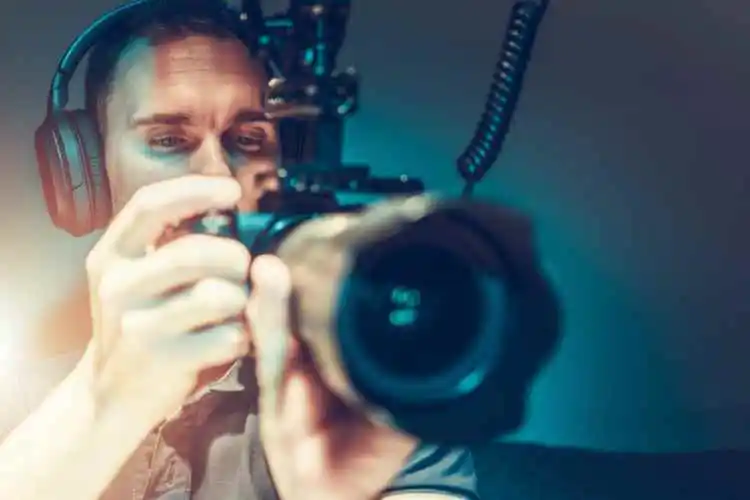In the ever-evolving world of video production, one aspect that can truly elevate your content to cinematic heights is color grading. The art of color grading goes beyond mere correction; it’s about crafting a visual atmosphere that captivates audiences and tells a story. Whether you’re an aspiring filmmaker or a seasoned videographer, here are some tips and tricks to help you master color grading and create videos that resonate with your viewers.
1. Understand the Basics of Color Theory:
Before diving into the intricacies of color grading, it’s essential to have a solid understanding of color theory. Familiarize yourself with the color wheel and the emotions associated with different hues. Complementary colors can create striking contrasts, while analogous colors provide a harmonious palette. Knowing how colors interact will serve as the foundation for your grading decisions.
2. Shoot in a Flat Picture Profile:
For maximum flexibility in post-production, shoot your videos in a flat or log picture profile. These profiles capture a broader range of colors and tones, allowing you to have more control during the color-grading process. Flat profiles may look desaturated and dull straight out of the camera, but they provide a canvas on which you can paint your desired visual narrative.
3. Start with Color Correction:
Begin your color grading journey with color correction. This step involves fixing any inconsistencies in exposure, white balance, and contrast. Correcting these elements ensures a solid foundation for the subsequent creative grading process. Tools like histograms and waveform monitors can be invaluable in achieving accurate color correction.
4. Establish a Consistent Look:
Maintaining consistency throughout your video is crucial. Develop a signature look that aligns with the mood and message of your content. Whether it’s a warm, nostalgic vibe or a cool, futuristic aesthetic, a consistent color palette will enhance the overall cohesiveness of your video.
5. Utilize Color Wheels and Curves:
Color wheels and curves are powerful tools in the color grading arsenal. Experiment with adjusting the shadows, midtones, and highlights independently. This allows you to fine-tune the color balance and create the desired atmosphere. Don’t be afraid to push the boundaries, but always keep the overall tone in mind.
6. Pay Attention to Skin Tones:
When grading videos with human subjects, ensuring natural-looking skin tones is paramount. Use dedicated tools to refine and enhance skin tones without compromising the overall color balance. Viewers connect emotionally with relatable characters, and accurate skin tones contribute significantly to that connection.
7. Experiment with LUTs (Look-Up Tables):
Look-Up Tables, or LUTs, are pre-set color grades that can be applied to your footage. They are an excellent starting point for achieving specific looks, whether it’s a vintage film aesthetic or a modern blockbuster vibe. While LUTs are a great tool, always be ready to tweak and customize them to suit your unique vision.
8. Harness the Power of Gradients:
Gradient tools are fantastic for creating gradual transitions between colors. They can be applied to the entire frame or specific areas, adding depth and dimension to your shots. Experiment with gradients to guide the viewer’s focus and evoke specific emotions within different parts of the frame.
9. Embrace the Art of Subtle Adjustments:
Sometimes, less is more. While bold color choices can be impactful, subtle adjustments can be equally powerful. Pay attention to the nuances in your footage, making minor tweaks that enhance rather than overpower the visuals. Subtle changes in saturation, contrast, and temperature can make a significant difference.
10. Final Touch: Output and Share Your Masterpiece:
Once you’ve perfected your color grade, it’s time to share your cinematic masterpiece with the world. Export your video in the desired format, ensuring that the quality is maintained. If you’re looking to share a snippet on social media, consider converting MP4 to GIF for a more shareable and dynamic experience.
In conclusion, mastering color grading is a journey of both technical skill and artistic intuition. By understanding the basics of color theory, shooting in a flat profile, and employing various tools at your disposal, you can transform your videos into captivating cinematic experiences. Remember, the key is not just to correct colors but to tell a compelling visual story that resonates with your audience. Happy grading!
